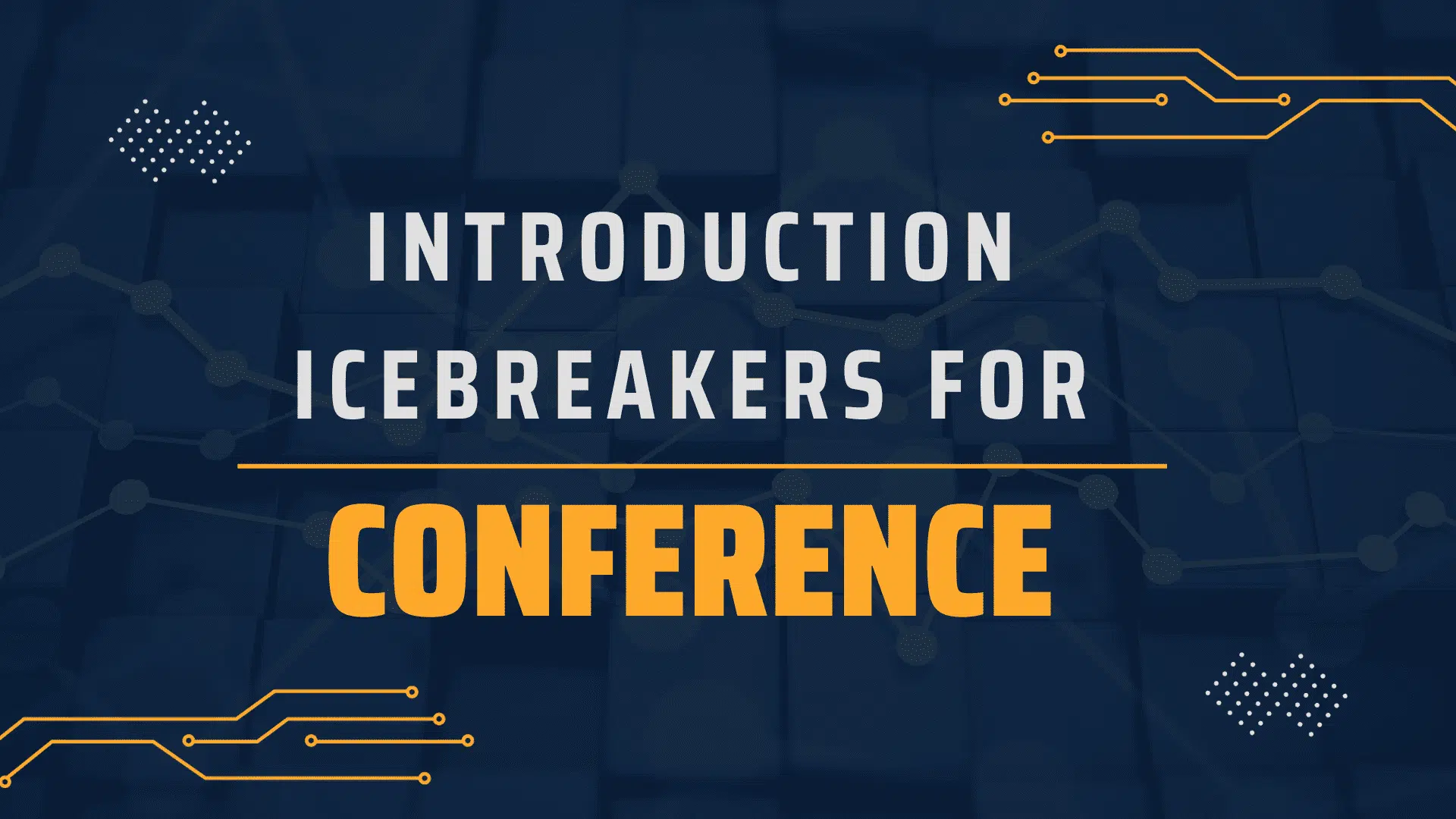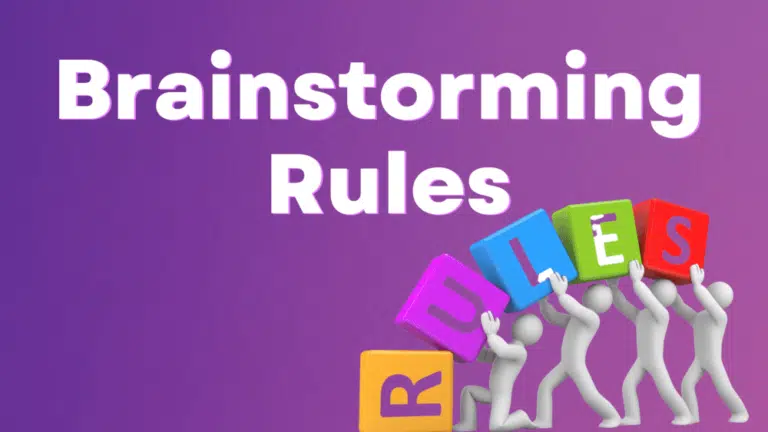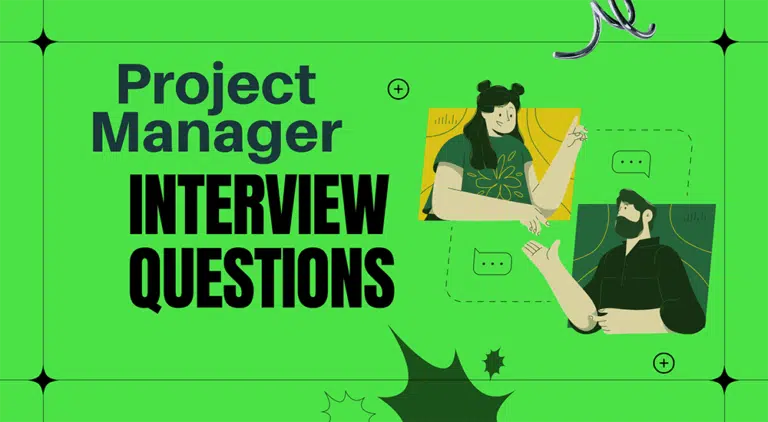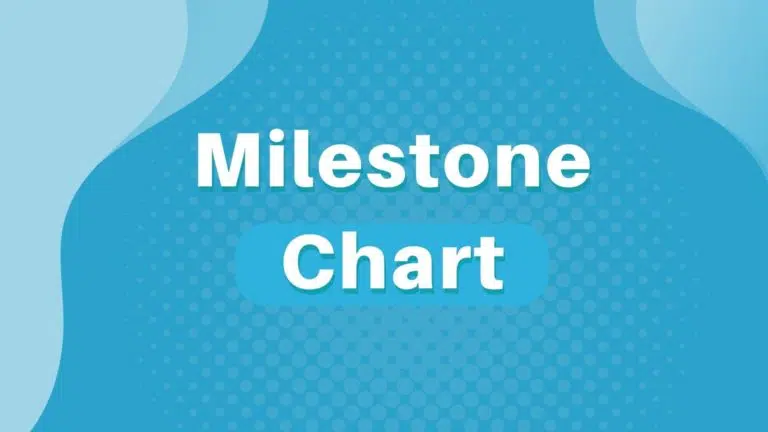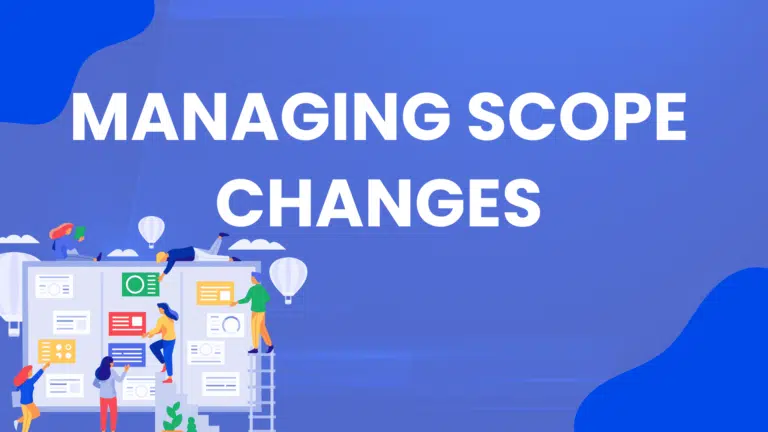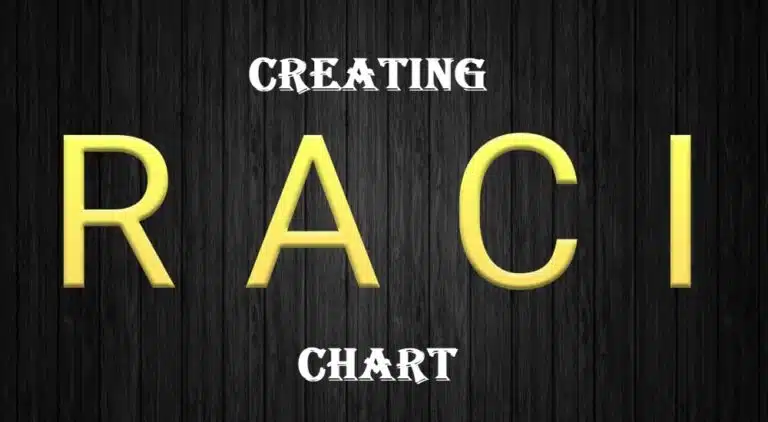You can use icebreakers to create a memorable and good impact at the beginning of your conference or presentation. Icebreakers can help you set a positive environment for the session and energize and motivate the audience.
You must plan meticulously before using icebreakers. Set a goal for what you want to achieve with your objectives (e.g., deliver a message, motivate your audience to take action, provide training, etc.).
Icebreakers should be short, enjoyable, and aligned with the conference’s or presentation’s objectives. You must be sensitive to the audience’s sensitivity. Ensure you don’t make fun of or exploit the culture of any attendees unemotionally.
In today’s blog post, I will provide you with 21 Introduction icebreakers that you can use to start your conference meetings.
Let’s get started.
21 Icebreakers to Start Conference Meetings
- Two-Word Introductions
- One-Minute Networking
- Introductory Interviews
- Thumbs Up, Thumbs Down
- Storytelling
- Icebreaking Polls
- Prepare the Questions
- Quick-Fire Q&A
- Question Ball
- Ranking Exercise
- Flying Challenges
- Coffee-Break Assignments
- Key Takeaway Tweets
- Find the Man
- Penny
- Scenario Analysis
- Sharing Expectations
- This or That
- Guess My Job
- Snowball Fight
- Fact or Fiction
#1. Two-Word Introductions
This is our first introductory icebreaker.
You can use this icebreaker before starting the conference. You can ask attendees to introduce themselves using only two words that describe them or their current mood.
This icebreaker is quick and engaging.
#2.One-Minute Networking
You can use this icebreaker at the beginning of your conference or during the presentation. You can ask participants to pair up for one minute to discuss a prompt or share thoughts on a key point from the presentation, promoting quick connections.
#3. Introductory Interviews
If the audience is small, you can have one-to-one interviews to get to know the audience, and the audience can understand each other as well. If the audience size is large, you can divide the audience into groups and ask them to interview each other.
This is a useful icebreaker when the audience consists of influential or high-ranking stakeholders.
#4. Thumbs Up, Thumbs Down
Here, you can ask your audience questions, and they can agree or disagree with your statements related to the presentation content. Attendees respond with a thumbs up or down, providing instant feedback and engagement.
This icebreaker helps you engage your audience with your presentation.
#5. Storytelling
Storytelling is a great introductory icebreaker. You can start with your own story, or you can divide the participants and ask them to write their own stories and share them with their peers.
You or the participants can share professional achievement, desire to inspire others, and make connections and bonds.
#6. Icebreaking Polls
Icebreaking polls are highly interactive, and they motivate your audience to engage with you. This introductory icebreaker is useful with a large audience (e.g., groups of 30+).
You can use the following questions to start your icebreaking poll:
- How many of you are in the oil and gas industry?
- How many of you have experienced this scenario? (Insert a common situation here.)
- What do you do when this happens?
#7. Prepare the Questions
This is a great, engaging icebreaker for conferences.
You can ask the audience to form a group of two or three members and prepare questions to ask and give them two to three minutes. After the time ends, you can collect the questions and ask the audience to vote on them.
After voting, you can prepare a list of questions based on the voting and answer the highest-ranking questions during the presentation. You can also recognize the team which has prepared the questions.
#8. Quick-Fire Q&A
You can stop randomly during the conference for a brief Q&A session, allowing attendees to ask questions or share thoughts.
This wakes the inactive audience, energizes and makes them engaged and responsive.
#9. Question Ball
This is a fun introductory icebreaker.
You can take a large ball and write a few questions or prompts on it, such as:
- Introduce yourself in one minute or less.
- What are your key skills?
- What are your hobbies?
Now, throw the ball towards the audience; whoever catches it will answer the question their thumb touches. Afterward, they will again throw in the audience, and this continues until the time ends.
#10. Ranking Exercise
At the beginning of the presentation, you can provide a list of items or concepts related to the presentation and ask participants to rank them in order of importance.
It prompts reflection group discussion and increases engagement. You can try this icebreaker again during the session to reignite the audience.
#11. Flying Challenge
This is an interesting icebreaker. Here, you can ask your audience to anonymously write a challenge they face at work on paper, crumple it, and make it a ball. Once the bell rings, they will throw in the air, and the other audience members will pick the nearest ball.
Afterward, they can read out the personal challenges of another participant.
This is a highly engaging, motivating, and problem-solving exercise. You can learn many hidden challenges that your team or audience is facing.
#12. Coffee-Break Assignment
Usually, coffee breaks are avoided during events or conferences. You can have two coffee breaks, the first at the beginning and the other during the conference.
During the first coffee break, you can meet with attendees and have one-on-one interviews to break the ice and know their expectations for the conference.
During the second coffee break, you can ask participants to meet attendees and ask for their three recent lessons learned.
After the break, you can compile these lessons learned, have a poll, and then elaborate on the top lessons learned and recognize the participant who has collected the lessons learned with the lessons learned provider.
#13. Key Takeaway Tweets
Here, you can encourage attendees to share a key takeaway from the presentation on social media using a specific hashtag, fostering online engagement.
Whoever gets more likes or retweets gets some recognition from the presentation. You can also ask them to share on other social media such as Facebook, Instagram, etc.
#14. Find the Man
This is a great icebreaker to network and create bonding. You can create small groups of delegates and give them a name from another group to find and know that person.
Each participant must find someone, start a talk, and learn something new about the peer, their hobbies, key skills, etc.
#15. Penny
This is an easy, fun introductory icebreaker for meetings. You can place pennies equal to the number of participants on a table, and each participant will pick one penny to represent themselves.
Afterward, each participant will introduce themselves and share a funny experience on the year embossed on the coin they hold. They can also share any funny story or incident they witnessed.
#16. Scenario Analysis
At the beginning of the presentation, you can pose hypothetical scenarios related to the content. Participants should discuss how they would handle each situation, thereby promoting critical thinking.
You can collect the ideas, discuss them, and rank them after the polling. The highest-ranking ideas will be elaborated, and you can recognize the participant on the stage.
#17. Sharing Expectations
You can ask the audience about their expectation about the conference using polls or interviews and tweak your presentation accordingly.
Considering their expectations and feedback will encourage them to engage with your presentation and actively participate.
You can get their expectations using the following icebreaker questions:
- What do you want to learn from today’s topic?
- What are your expectations?
- What do you want to include in today’s meeting?
#18. This or That
This is a quick, funny quiz icebreaker. It is an easy way to motivate the audience and get people talking. You can display two images or objects during the presentation; the participants must choose one. The images can be funny, informative, or anything related to the presentation content.
This icebreaker energizes the audience and engages with you.
#19. Guess My Job
This is a fun icebreaker if you have a small group. You can ask the audience to write their latest unconventional job on paper and then collect the slips from the audience in a big bowl.
Each attendee will pick one slip, read it, and guess whose slip they are holding. To do this exercise, you can add hints like an audience poll, discussing a friend or guessing two, etc.
#20. Snowball Fight
You can crumple the paper into small balls and hand them to the audience. Instruct them to hit each other when the musing stops.
You can also select a target and ask your audience to hit it.
This fun introductory icebreaker uplifts your audience’s mood. A dull, stagnant audience will become cheerful and highly motivated.
#21. Fact or Fiction
You can start your conference with this icebreaker. You can share three statements about yourself—two true and one false. The audience guesses which statement is fiction, adding an element of intrigue.
This exercise helps your audience know about you, and this help create bond and connection.
Summary
These introductory icebreakers will motivate your audience to talk and keep them engaged throughout the presentation. Using them lets you create a fun, relaxed environment where attendees can break the ice and get to know their fellow participants.

I am Mohammad Fahad Usmani, B.E. PMP, PMI-RMP. I have been blogging on project management topics since 2011. To date, thousands of professionals have passed the PMP exam using my resources.

